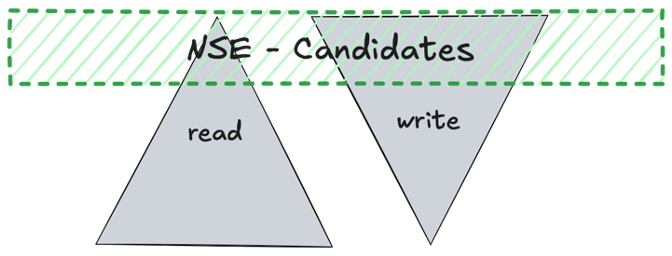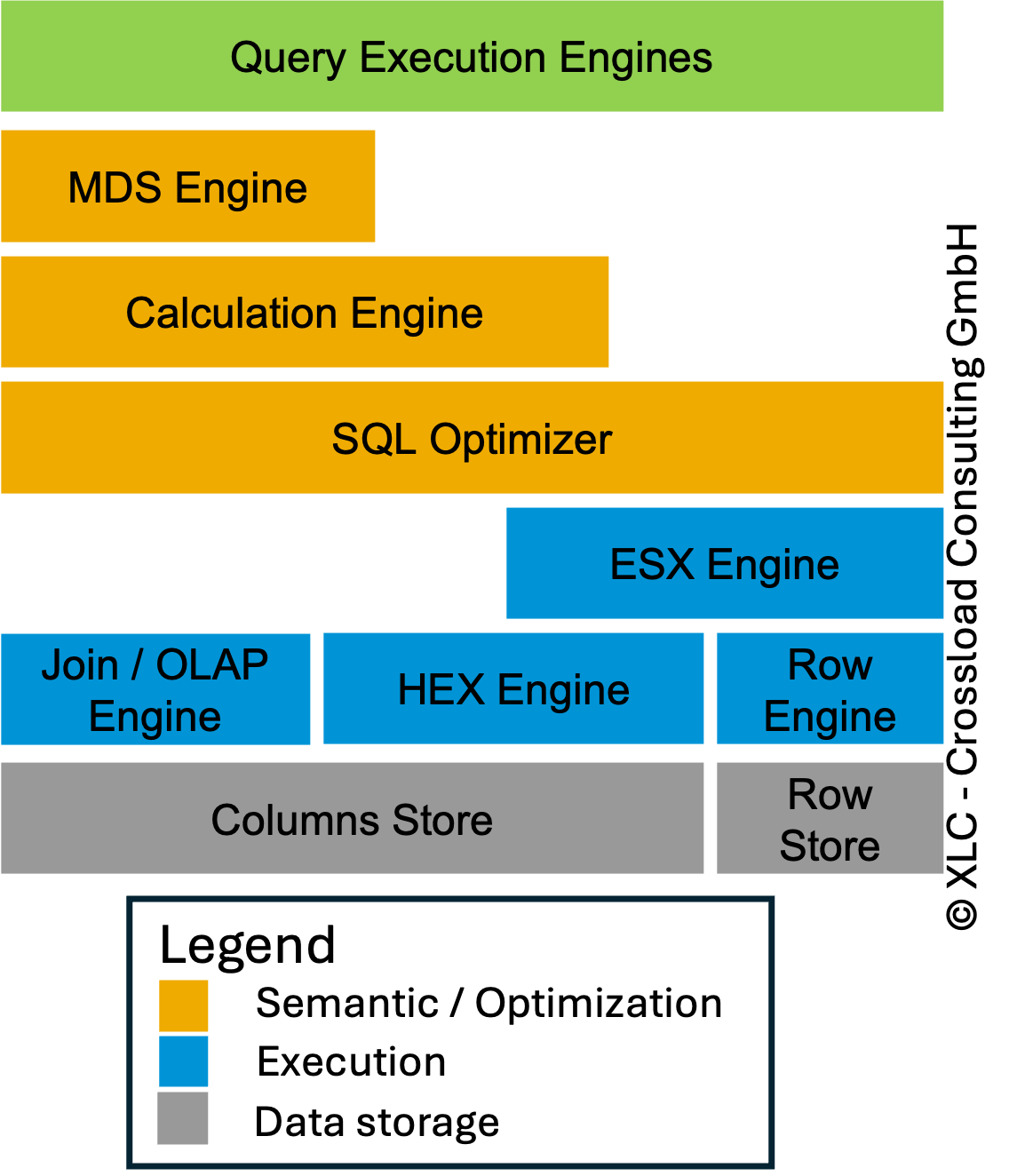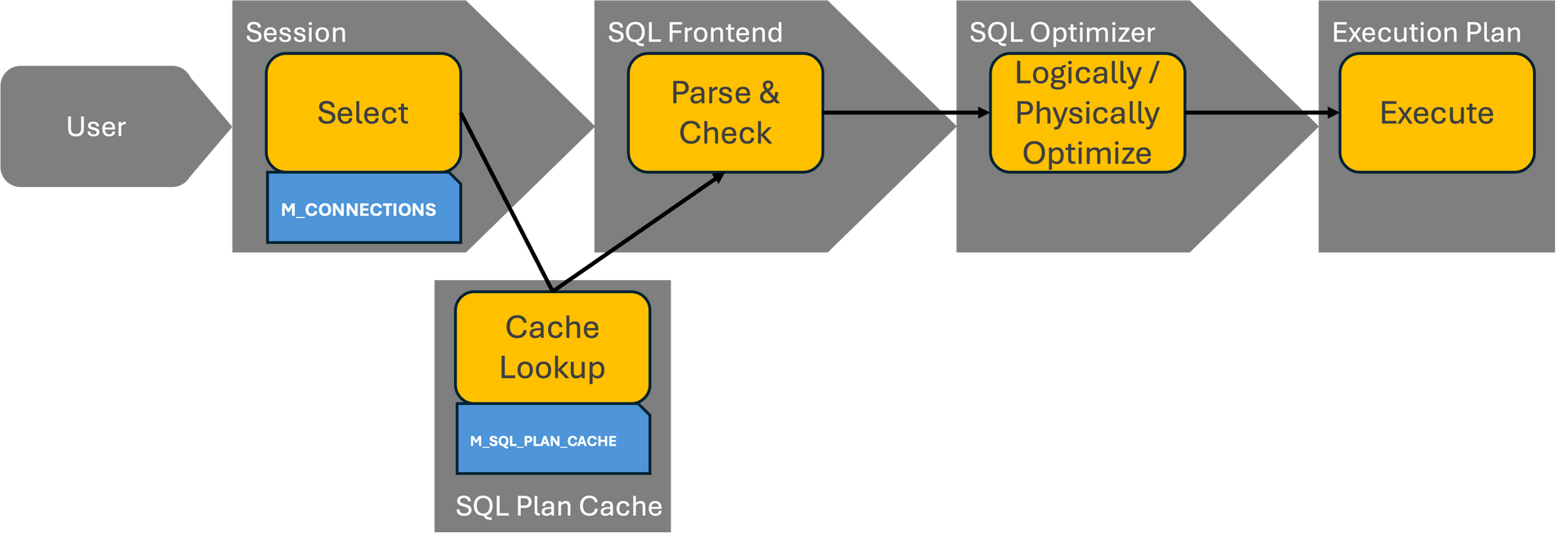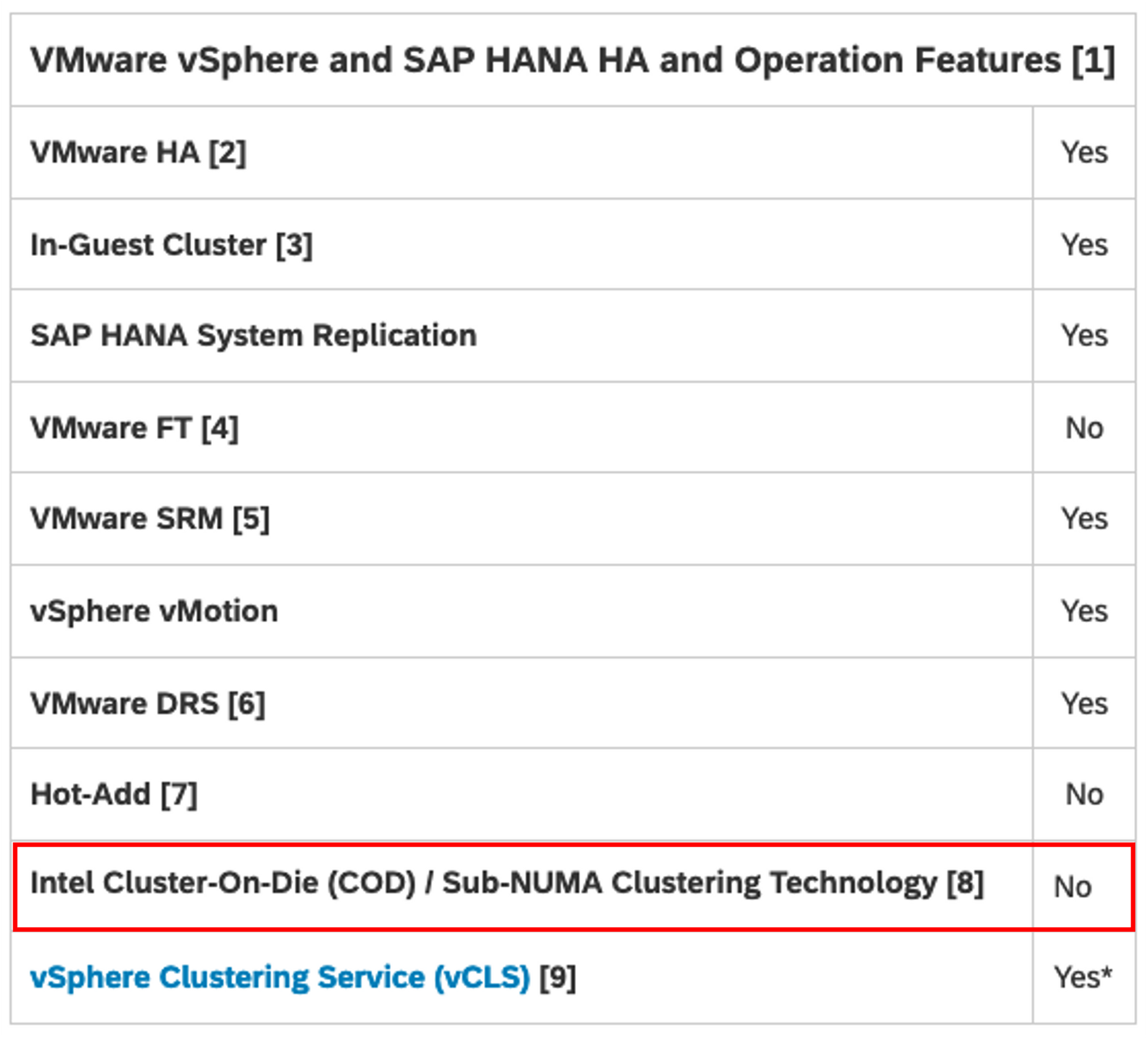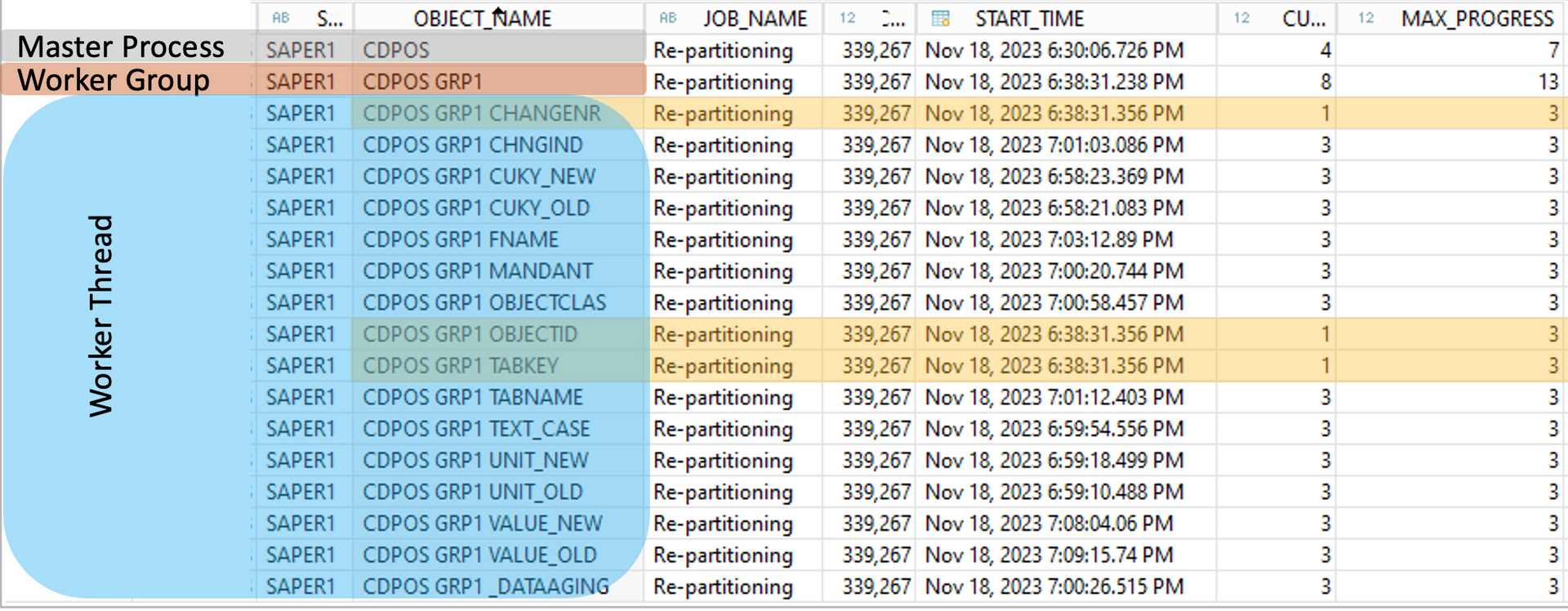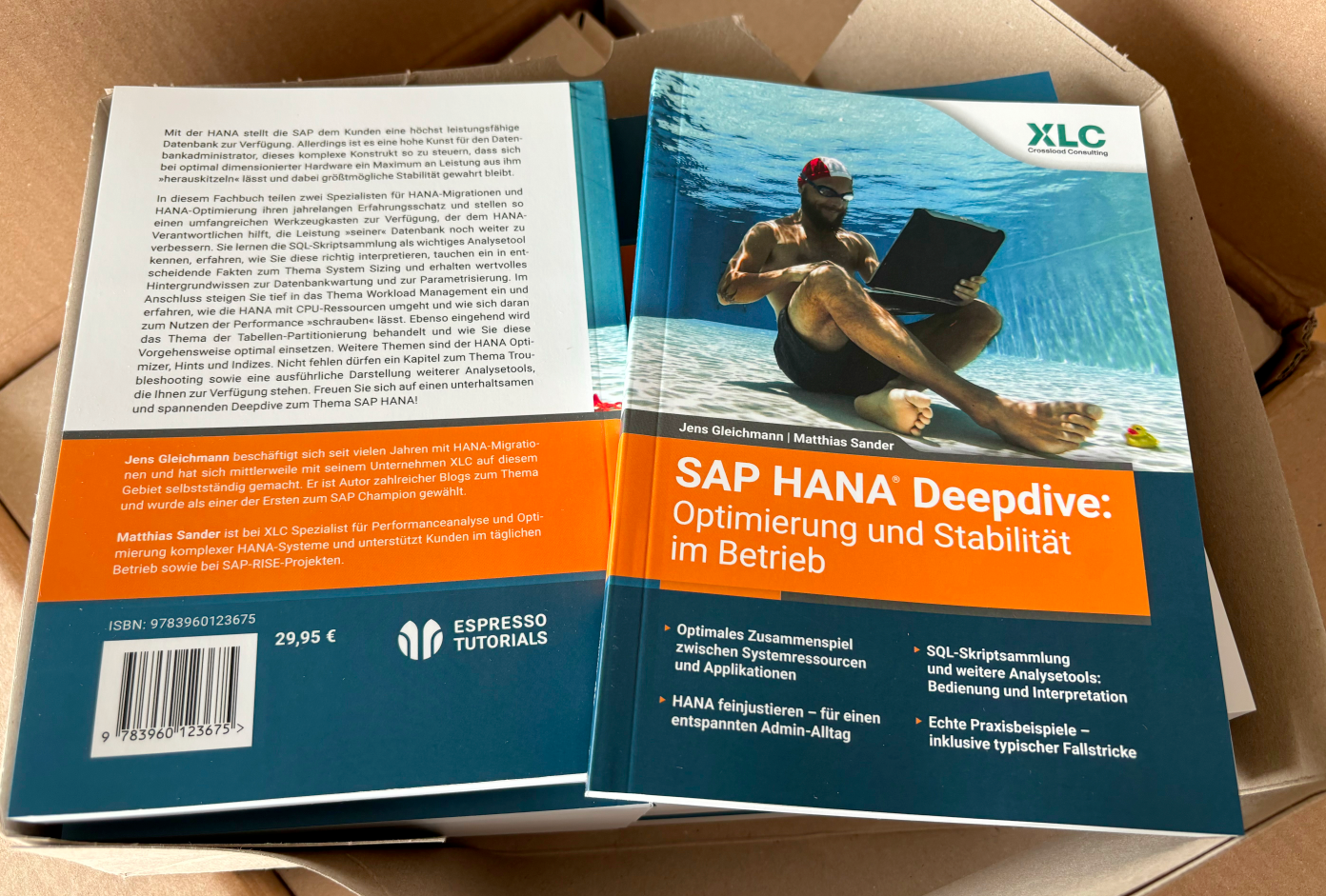HANA News Blog
Intel COD / SNC NUMA feature
Possible performance degradation or inconsistencies
--Scroll down for English version
Es gibt ein Intel Feature mit dem Namen SNC bzw. COD. Dabei steht SNC nicht für Secure Network Connection, sondern für Sub-NUMA Clustering. COD steht hier nicht für ein Videospiel, sondern für Cluster-On-Die.
Diese Features werden bei neuerer Hardware eingesetzt und wird ca. seit zwei Jahren teilweise standardmäßig aktiviert (beispielsweise bei HPE).
Die Features dürfen unter keinen Umständen mit HANA verwendet werden. Neben Performanceproblemen können ebenso Inkonsistenzen auftreten!
Es wird ein phys. NUMA Node in zwei NUMA Nodes aufgeteilt. Bei einem unserer HANA Health Checks wird neben der Datenbank auch von Storage über Hypervisor und OS einiges überprüft. Bei einem Kunden, für den wir einen solchen Health Check durchgeführt haben, ist uns aufgefallen, dass der ESXi bei einem phys. 2 Sockelserver plötzlich 4 NUMA Nodes anzeigt.
Auf ESX Ebene kann dies mit dem folgenden Kommando überprüft werden:
echo "CPU Packages";vsish -e dir /hardware/cpu/packageList;echo "NUMA nodes"; vsish -e dir /hardware/cpuTopology/numa/nodes
Das Feature kann im BIOS deaktiviert werden (Beispiel HPE).
####################################################English#########################################################
There is an Intel feature called SNC or COD. SNC does not stand for Secure Network Connection, but for Sub-NUMA Clustering. COD does not stand for a video game, but for Cluster-On-Die.
These features are used in newer hardware and have been partially activated by default for around two years (for example at HPE).
The features may not be used with HANA under any circumstances. In addition to performance problems, inconsistencies can also occur!
A physical NUMA node is divided into two NUMA nodes. During one of our HANA health checks, not only the database but also the storage, hypervisor and OS are checked. We noticed at one customer that the ESXi suddenly shows 4 NUMA nodes on a physical 2 socket server.
At ESX level, this can be checked with the following command:
echo "CPU Packages";vsish -e dir /hardware/cpu/packageList;echo "NUMA nodes"; vsish -e dir /hardware/cpuTopology/numa/nodes

The feature can be deactivated in the BIOS (example HPE).
Source
2470289 - FAQ: SAP HANA Non-Uniform Memory Access (NUMA):
Is it possible to use sub-NUMA clustering for SAP HANA?
On BIOS/UEFI level it is possible to define more than one NUMA node per CPU socket (Intel Cluster-On-Die (COD) / sub-NUMA clustering technology). This scenario isn’t supported and can result in SAP HANA persistence corruptions (SAP Note 2116157).
2116157 - FAQ: SAP HANA Consistency Checks and Corruptions
"Unsupported activation of Intel Cluster-On-Die (COD) / sub-NUMA clustering technology"
Details:
Sub-NUMA Clustering by Frank Denneman
SAP HANA News by XLC
